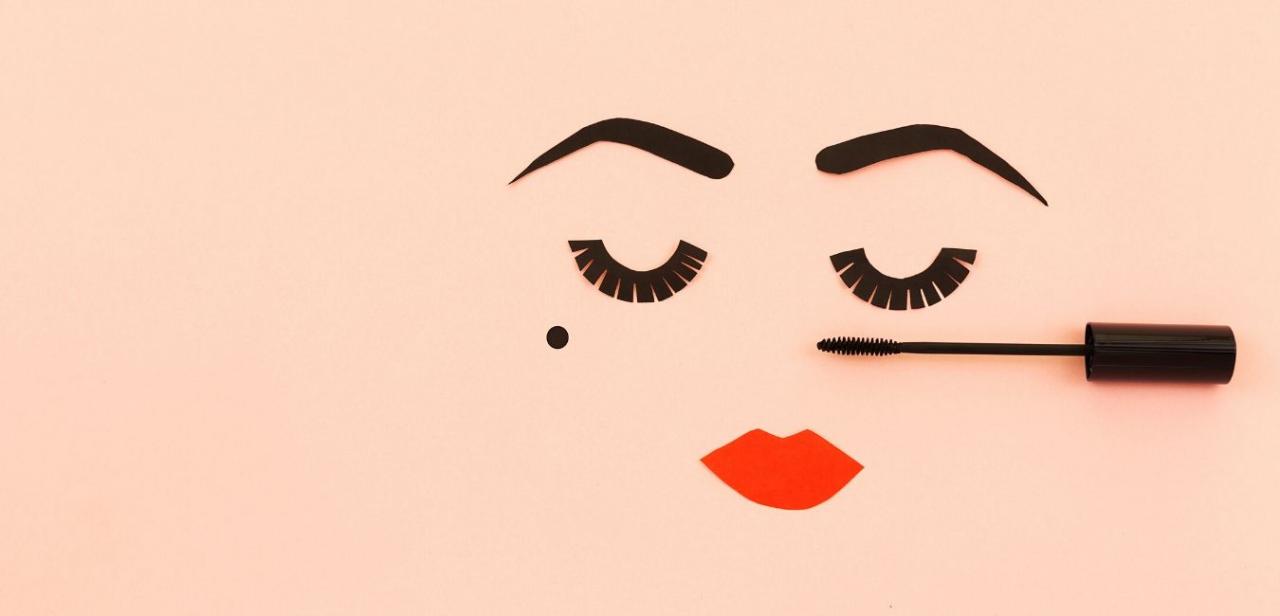Posture. Just mention the word and we tend to sit up straighter. We think of our mothers harping on us as children, ‘sit up, don’t slouch!’ Yet do we really understand the consequences of both good posture and poor posture? Can we imagine how the world would treat us if our posture were different? No matter what your posture looks like, you are subconsciously being assessed. Not to mention the role posture plays on the health of your joints, muscles, energy and more.
Let us look at this in greater depth. The body is designed to work at an optimal level within gravity. Joints, bones and ligaments are stacked in such a way to use the least amount of energy to hold us upright, to be able to stand or sit effortlessly.
Have you ever watched a young child sit? Do you notice they don’t typically lean back in the chair but rather naturally sit quite straight with no effort? What happens as we go through life that we start to rely on that chair back to hold us up? Or that we stand in such a way as to put more pressure on our entire being? These are some of the questions that started to arise as I became professionally involved in health.
To begin, posture plays a large role in how we approach life. If we are hunched over or in pain from poor posture, it shows. We give off signs of lack of self confidence, lack of intelligence, being overly tired, shyness, and more. In addition, if our posture isn’t optimal, the amount of energy it takes to go through daily life increases exponentially. No longer can we rely on the structural body to hold us up but rather our muscles now must be recruited to fight gravity, causing us to expend a great deal of energy. Our entire being is compromised and energy that should be used to enjoy life is used just to hold us up, literally.
So what really happens? To start, we have become a sedentary society. No longer do most of us make our living by working in the fields, walking long distances, carrying packages, and so forth. Instead we spend long periods of time sitting at a desk followed all too often by sitting in front of the computer or television when we get home. Our bodies have become lazy. Some muscles hardly have to work much at all in these situations. Not only do they not have to engage but, allow them to be in a shortened position for a long enough period of time and they will stay shortened indefinitely. Other muscles, at the same time, will be in an elongated position with some working overtime and others just becoming weaker. All this results in our muscles being imbalanced and our joints compromised. Along with these changes, we can experience pain, burning, numbness, weakness, tingling and more. Depending on the situation, nerves can be compressed and lead to syndromes such as Thoracic Outlet Syndrome and Carpal Tunnel. Low back pain, which is all too common, is often a result of poor posture and muscular imbalance. Consequently, the typical answer to these complaints, often result in surgery or pain medications. Although this might be necessary under certain circumstances, they should never be the first choice of treatment.
Let’s start with looking at the head and neck. Under normal circumstances, the head should sit right on top of the shoulders, with the correct position being the ear vertically in alignment with the shoulder joint. Unfortunately all too often the head starts to jut forward. Some of the common reasons for this are from slouching, trying to read something that is too small (so you lean forward to read it), lack of lumbar support while sitting or from improper positioning of a computer screen. Our head typically weighs between 12 – 15 pounds; a lot of weight when you think about it and yet if sitting as it should, effortless for the muscles. Take it out of that ideal position however and multiple problems can arise. Dr. Rene Cailliet says that for every inch the head is forward of its ideal position adds 30 pounds of pressure onto the posterior neck muscles! In addition, this position can result in:
- Added pressure to the facet joints of the vertebrae which have a great deal of pain receptors, thus causing pain perception to increase
- Constriction of blood flow to the muscles, resulting in unhealthy muscles that become prone to injury
- Tight muscles that tend to refer pain to the head, resulting in headaches
- The health of the temporomandibular joint causing TMJ dysfunction
- Carpal tunnel symptoms
Let us move on to the shoulders. Typically the upper back has a slight convex curve. When in this position, the vertebrae are stacked properly and the ligaments on either side of the vertebrae maintain this position. As we start to slouch forward, the shoulders tend to round inward. The muscles in the upper back are in an overstretched position and are now having to work hard to keep you from falling over forward. The muscles in the front of the chest are becoming shorter with the potential to compress the nerves that innervate the arms. One of the most common results is known as Thoracic Outlet Syndrome. In addition, the following complaints can arise:
- Burning between the shoulder blades
- Chest pain
- Shoulder pain
- Carpal Tunnel syndrome
- Arm pain
- Inability to take a full deep breath
Next is one of the most common areas of complaint - the lower back. A great deal of work has been missed in our country from low back pain and much of it can be avoided. To begin, we will look at the role sitting plays. When sitting for a long period of time, the muscles in the front of the hips, known as the hip flexors, are in a very short position. They are used a great deal during walking so they do not tend to get weak, as the upper back muscles, but they do become very short. This results in changing the normal position of the pelvis and creating what is known as an anterior pelvic tilt. A small degree of anterior pelvic positioning is normal for women whereas men’s pelvis should stay neutral. The issues arise when this position is exaggerated. The pressure tends to be moved posterior to the discs, putting a great deal of pressure on the facet joints. Remember as mentioned earlier, facet joints are loaded with pain receptors.
In addition to sitting, the pelvis can end up in an anterior position due to being overweight, especially when we carry our fat in our bellies. Belly fat puts a great deal of added weight in front of the body. The only way to compensate for this added weight is to shift the positioning of the pelvis into that exaggerated anterior pelvic position, once again causing an increase in low back pain.
Along with general pain complaints from the low back, the following issues can arise:
- Sciatica
- Hip pain
- Neurological complaints in the legs
So what do we do about all this? It would be great if we could move away from sitting for extended periods of time but this is unlikely. Rather we need to work within the parameters of our society. The following is a list of ideas that can have a positive impact on our posture thus decreasing or eliminating the negative results of poor posture:
- Movement or regular exercise: By getting the blood to flow throughout the entire body, the muscles are receiving fresh nutrients and eliminating waste products. These waste products in and of themselves can cause pain. Also by moving, we are taking the muscles through a greater range of motion which can be a start to add length and strength to the muscles.
- Stretching: Working to lengthen the shortened muscles before strengthening the elongated weaker muscles will aid in realignment of the skeletal system. It is important that specific stretches are given in order to lengthen the appropriate muscles.
- Strengthening: Once the shortened muscles are working towards being longer, it is then time to add in exercises to strengthen those muscles on the elongated side of the joint. This is important to allow the body to regain a healthy posture where the joints and ligaments are able to do their job thus decreasing the amount of energy it takes to remain upright in gravity.
- Ergonomics: Assessing the position of the person to the height of the desk, the relationship to the chair, the positioning of the computer and so forth is a key. Only focusing on ergonomics will not change the posture by itself but rather help to maintain the healthier posture with the aforementioned suggestions.
- Diet: Although not directly involved in posture, it does play a large role in the health of the muscles. Eliminating fast food, sugar, refined foods, soda, excess caffeine and more will enable the muscles to receive the nutrients need for maintaining health. A healthy diet will also decrease constriction of blood flow thus allowing the entire body to process waste products at a healthier rate.
These are just some suggestions to creating a healthier posture. Remember posture is much more than just looking good. By having a body that is fully supported by the appropriate joints and ligaments, we will have more time and energy to enjoy all aspects of life and to live it to its’ fullest. Isn’t it time to take a good look at your body?
Julie Webster is a Certified Massage Therapist and Certified Health Counselor. She provides health education online and through seminars. In addition she has written a book titled “Regaining Good Posture” which is available as an ebook, with videos performing each of the stretches, through her website: www.julie-webster.com Julie is also available for presentations on posture and various health topics to corporations. To reach her visit her website or email her at [email protected]






Add a Comment5 Comments
Great information, Julie, Good posture is so important in maintaining bone and joint health, but most of us benefit from an occasional reminder about its importance.
Readers may also find the following video of interest, in which Dr. Kathy Weber talks about how women can advocate for their own bone and joint health.
https://www.empowher.com/media/video/video-dr-weber-how-can-women-advocate-their-bone-and-joint-health
October 5, 2009 - 5:46pmThis Comment
Thanks Pat. I did enjoy Dr Weber's video. I feel health, nutrition and fitness education is so important! I would love to share my website with both of you: http://julie-webster.com I post regular articles as well as recipes, cooking tips, podcasts and more.
To your health!
October 5, 2009 - 9:03pmThis Comment
Most people know that there is more to good posture than sitting up straight and holding your shoulders back. People realize that you can't really do that all day. And how does that work when you start moving, bending playing sports. For over 100 years many people have used the Alexander Technique to discover the body's intrinsic dynamic relationships for improved posture, breathing, and ease of movement no matter what you are doing. www.freeyourneck.com
October 2, 2009 - 7:17amThis Comment
Couldn't agree more - great article examining in detail the importance of good posture. The advice is all spot on. However, my feeling has always been that it's a lot easier to understand what we need to do about our postures than to actually do it - bad habits are hard to break, especially if you're trying to break them whilst also getting on with your work!
For that reason, based on personal experience of bad computer posture leading to back pain, I came up with PostureMinder - award-winning software to promote good posture and healthy working, all day, every day. It can help treat or prevent back pain for most computer users.
To find out more, and to download a free 30 day trial, please visit my website at www.postureminder.co.uk. You'll soon see that PostureMinder helps you to follow the great advice in Julie's article and stick with it to achieve lasting improvements in your posture.
Dr Phil Worthington
October 2, 2009 - 3:13amThis Comment
Appreciate your comments and recommendations. I have just launched an eBook of appropriate stretches and strengthening exercises, along with details of which muscles need addressing. It also includes video demonstrations of each stretch and exercise. I believe incorporating various techniques such as your work and other movement therapies is important as different people respond to different tools. Here is a link to my book: http://www.julie-webster.com/shop?page=shop.product_details&flypage=flypage_new.tpl&product_id=17&category_id=6
October 2, 2009 - 8:39amThis Comment